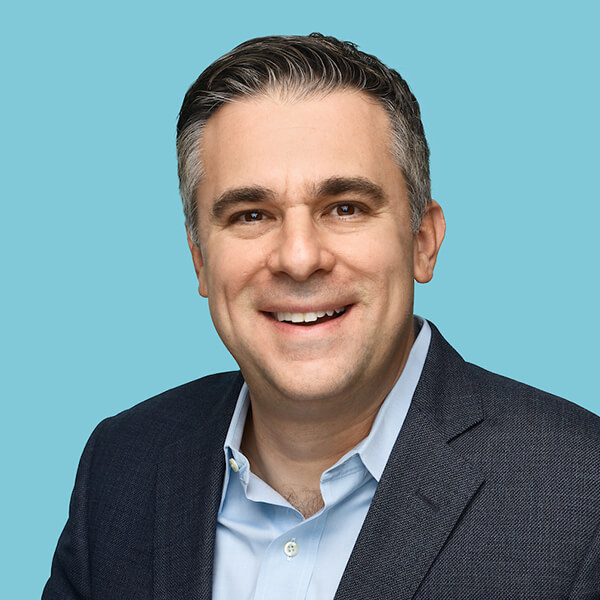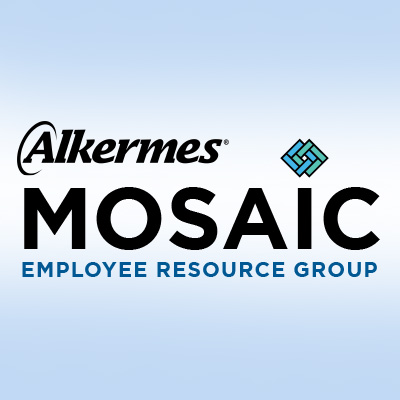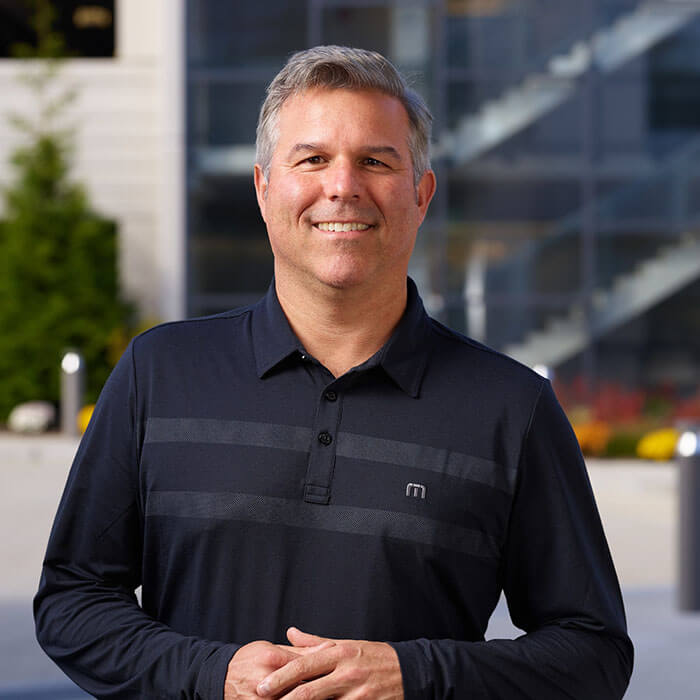

Our People
Cultivating a Healthy Workplace
By Stephen Schiavo, Senior Vice President, Human Resources
This Month (and Throughout the Year) Make Building A Recovery-Friendly Workplace Part of Your Agenda
Each year, Alcohol Awareness Month presents an important opportunity to reflect on how we treat people who are living with the condition of Alcohol Use Disorder (AUD). Since AUD affects about 28 million adults in the United States1, most of us know someone who is living with it.
Science says it’s a chronic, relapsing brain disease. But too often, our society sends the message that it’s a moral failing. Our friends, family members and colleagues deserve better. Shifting this mindset will take a committed effort across stakeholders and settings, including in the workplace.
This is a disease diagnosed not only by symptoms, but by consequences. AUD can make it hard to control one’s drinking and can affect physical and mental health, as well as cause problems with family, friends, and work.2 A shorthand for these consequences - Labor, Law, Love and Labs - reflects the variety of losses people may experience, including their drivers’ licenses, their spousal or familial relationships, their health or even their job.
We in Human Resources can be a part of the solution, so that more people living with AUD get help before there are potentially work-related consequences. One of the most important things we can do is to reduce stigma. We know that stigma prevents people from asking for and getting the help they need. The more we include mental and behavioral health as part of the employee benefits conversation, the more we can help normalize seeking treatment.
While AUD has long been an epidemic in this country, data show that the COVID-19 pandemic exacerbated the issue3 while simultaneously cutting off people from critical healthcare resources and support systems. As we have returned to the workplace, issues that could remain hidden during the pandemic may now be coming to light. As employers we have both a role to play and a responsibility to help.
At Alkermes, where more than 2,200 employees around the world are committed to improving the lives of people living with cancer, serious mental illness and addiction, we are working to build a “recovery-friendly workplace.” We encourage other companies to work towards this same goal.
Some actions to consider:
- Ensure that health benefits include coverage of an array of mental health and addiction services, including inpatient and outpatient treatment, in-person and virtual, psychiatry and peer support. Consider waiving co-pays for mental health office visits and removing deductibles for outpatient treatment.
- Allow employees to use paid sick time to attend healthcare provider appointments, counseling and peer support groups related to their recovery. Explore offering up to six months short-term disability benefits for longer-term needs, followed by access to long-term disability benefits.
- Extend employees and their loved one’s access to free counseling through an employee assistance program (EAP), virtually and/or in-person. Consider removing counseling session limits to ensure that workers have adequate time to identify long-term resources without a disruption in care.
- Offer reimbursement for out-of-pocket expenses related to supporting the mind and body, such as meditation apps and massage therapy, in addition to a separate fitness/gym membership reimbursement benefit. Provide access to online mental health tools 24/7 with programs to support a variety of concerns, including social anxiety, depression, stress, anxiety, and worry, insomnia and substance use.
- Host office events that are helpful, not hurtful, to those in recovery – consider a group activity that doesn’t involve drinking, offer mocktails, or have breakfast social gatherings where alcohol is not expected.
Becoming a recovery-friendly employer is a good thing to do for employees, but it’s also good for the business. It could aid in reaching human resources goals, such as improving retention and employee engagement. Losing great talent, due to AUD, is not inevitable. After all, an estimated 11 million Americans self-identify as being in recovery from alcohol or other drug use.4 Some of them may work at your company; others may be just starting their recovery journeys. We have an opportunity to make a difference in their careers and their lives.
References:
1Substance Abuse and Mental Health Services Administration (SAMHSA). 2021 National Survey of Drug Use and Health (NSDUH). https://www.samhsa.gov/data/sites/default/files/reports/rpt39441/NSDUHDetailedTabs2021/NSDUHDetailedTabs2021/NSDUHDetTabsSect5pe2021.htm
2National Institute on Alcohol Abuse and Alcoholism (NIAAA). Understanding Alcohol Use Disorder. https://www.niaaa.nih.gov/alcohols-effects-health/alcohol-use-disorder
3Grossman ER, Benjamin-Neelon SE, Sonnenschein S. Alcohol Consumption during the COVID-19 Pandemic: A Cross-Sectional Survey of US Adults. Int J Environ Res Public Health. 2020 Dec 9;17(24):9189. doi: 10.3390/ijerph17249189. https://www.ncbi.nlm.nih.gov/pmc/articles/PMC7763183/
4Kelly, J. F., Bergman, B. G., Hoeppner, B. B., Vilsaint, C. L., & White, W. L. (2017). Prevalence and pathways of recovery from drug and alcohol problems in the United States population: Implications for practice, research, and policy. Drug and Alcohol Dependence, 181(Supplement C), 162-169. doi: https://doi.org/10.1016/j.drugalcdep.2017.09.028
Related Stories

Building A Welcoming Workplace for All
Hear from leaders of Limitless, our ERG that empowers people impacted by disability or illness.

Embracing Diversity at Alkermes
This Women’s History Month, we celebrate women who are making a difference at Alkermes.

Reflections on Alcohol Awareness Month
Jeff Harris on the importance of screening and standardized care for AUD as we mark Alcohol Awareness Month.

Last updated: April 2023
Original article appeared on LinkedIn.com. Republished with permission.
